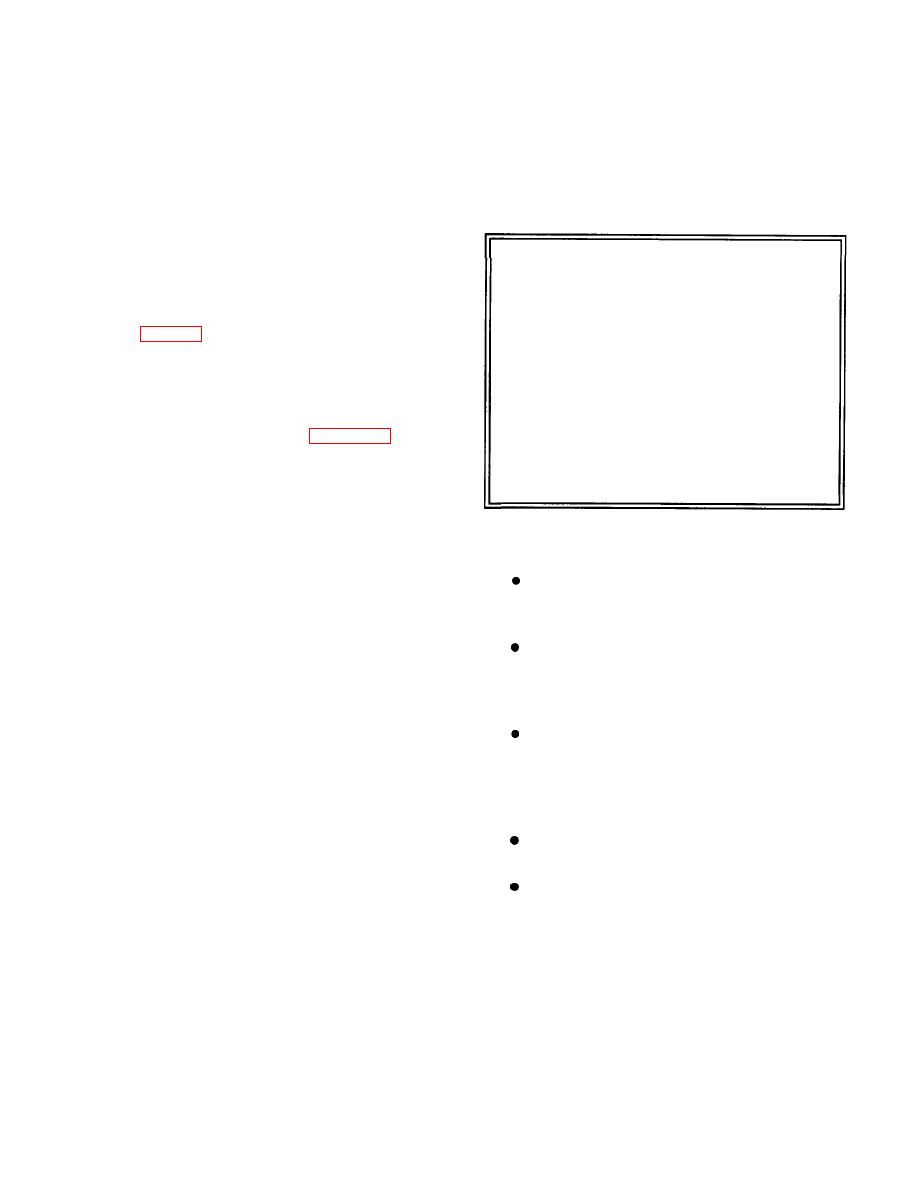 |
|||
|
|
|||
| ||||||||||
|
|
 winding and ground and between various load
SHOCK-MOUNTED EQUIPMENT
equipment and ground. Since capacitors ideally have
Normally, on steel-hulled vessels, grounds are
an infinite impedance to direct current, their presence
provided because the metal cases or frames of the
cannot be detected by a Megger or insulation
equipment are in contact with one another and the
resistance test. In addition to the nonvisible system
vessel's hull. In some installations, grounds are not
capacitance, typical shipboard electrical systems
provided by the mounting arrangements, such as
contain radio frequency interference (RFI) filters that
insulated shock mounts. In this case, a suitable ground
contain capacitors connected from the conductors to
connection must be provided.
ground. These filters may be a part of the load
equipment, or they maybe mounted separately. Filters
are used to reduce interference to communications
CAUTION
equipment.
Before disconnecting a ground strap on
If physical contact is made between cable B and
ground (fig. 1-12, view C), current will flow from the
equipment supported by shock mounts, be
generator through the person's body to ground and
sure the equipment is de-energized and a
back through the system resistances and capacitances
danger/red tag is installed.
to cable A, thus completing the electrical circuit back
When the grounding strap is broken
to the generator. This presents a serious shock hazard.
and the equipment cannot be de-energized,
Suppose you check the system of figure 1-12, view C,
use a voltmeter from the equipment to
for grounds with a Megger and get a reading of 50,000
ground to ensure that no voltage is present.
ohms resistance. You can conclude that no low-
resistance grounds exist. Don't assume that the system
is a perfect ungrounded system without checking the
Maintenance of grounding cables or straps
circuit further. Do not forget the system capacitance
consists of the following preventive procedures:
that exists in parallel with the resistance.
Clean all strap-and-clamp connectors peri-
It should be clear to you why you should NEVER
odically to ensure that all direct metal-to-metal
touch a live conductor of an electrical system,
contacts are free from foreign matter.
grounded or ungrounded. Insulation resistance tests
Replace any faulty, rusted, or otherwise unfit
are made to ensure the system will operate properly,
grounding straps, clamps, connections, or com-
not to make the system safe. High insulation readings
ponents between the equipment and the ship's
in a Megger test do not make the system safe--nothing
hull.
does.
When replacing a grounding strap, clean the
metallic contact surfaces and establish electri-
ISOLATED RECEPTACLE CIRCUITS
cal continuity between the equipment and the
ship's hull. Check continuity with an ohmmeter
Isolated receptacle circuits are installed on all new
(the reading must be according to PMS).
construction ships. These receptacle circuits help
Recheck to be sure the connection is securely
reduce the inherent hazard of leakage currents where
fastened with the correct mounting hardware.
portable tools and appliances are plugged in and out,
which is when personnel are more likely to get an
If a voltage is present, and the equipment can-
electrical shock. These circuits are individually
not be de-energized, wear electrical rubber
isolated from the main power distribution system by
gloves and use a rubber mat while replacing the
isolation transformers. Each circuit is limited to 1500
grounding strap.
feet in length to reduce the capacitance to an
acceptable level. This design is intended to limit
SWITCHBOARDS, SWITCHGEARS,
ground leakage currents to 10 milliamperes, which
AND ENCLOSED EQUIPMENT
would produce a nonlethal shock. To maintain a safe
level of leakage currents, the isolated receptacle
Switchboards and switchgears must have safety
circuits must be free of all resistance grounds.
precautions, operating instructions, wiring diagrams,
|
|
Privacy Statement - Press Release - Copyright Information. - Contact Us |